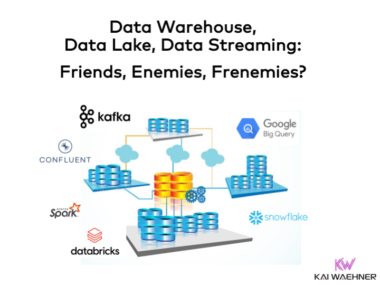The Importance of Focus: Why Software Vendors Should Specialize Instead of Doing Everything (Example: Data Streaming)
As real-time technologies reshape IT architectures, software vendors face a critical decision: specialize deeply in one domain or build a broad, general-purpose stack. This blog examines why a focused approach—particularly in the world of data streaming—delivers greater innovation, scalability, and reliability. It compares leading platforms and strategies, from specialized providers like Confluent to generalist cloud ecosystems, and highlights the operational risks of fragmented tools. With data streaming emerging as its own software category, enterprises need clarity, consistency, and deep expertise. In this post, we argue that specialization—not breadth—is what powers mission-critical, real-time applications at global scale.















